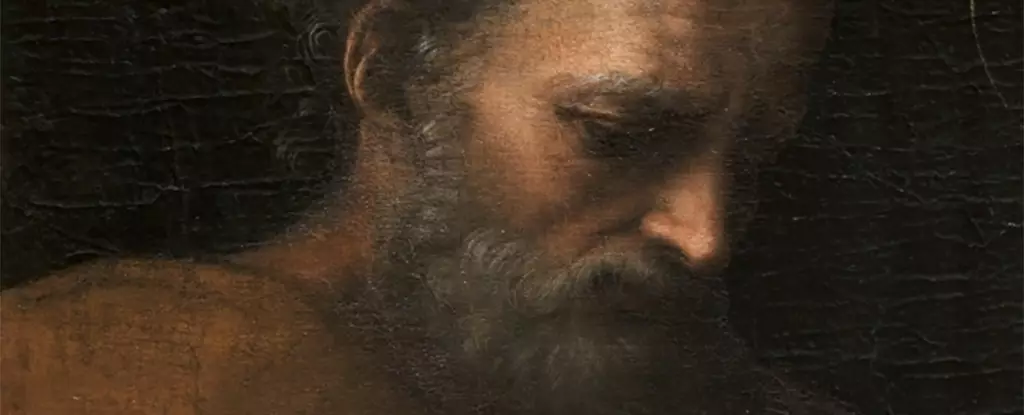In a groundbreaking intersection of art and technology, artificial intelligence (AI) is shining a new light on the age-old question of artistic authenticity. Often considered the purview of art historians and experts, the verification of a painting’s origin has now entered the realm of cutting-edge technology. An illuminating case study is found in the Renaissance work known as the Madonna della Rosa, attributed to Raphael. Recent advancements have allowed an AI neural network to challenge long-standing beliefs about the painting, raising pressing questions about authorship and the role of technology in the art world.
Raphael, a titan of the High Renaissance, is venerated for his exceptional mastery of form, color, and emotion. His paintings convey a profound depth that has captivated viewers for centuries, establishing him as a primary figure in the world of classical art. However, his prolific output has led to numerous debates regarding the authenticity of certain works. In the case of Madonna della Rosa, the art community has long speculated whether Raphael was solely responsible for all elements of the painting or if other artists contributed to its creation. Until recently, these discussions relied heavily on subjective analysis and traditional art historical research.
Researchers from the UK and US took on the monumental task of employing AI to unpack the layers of this renowned painting. By leveraging a specialized algorithm trained on a comprehensive dataset of authenticated Raphael works, the AI was tasked with identifying unique elements of his artistic style, down to micro-level details such as brushstrokes and color palettes. The revelation that emerged from this high-tech investigation was startling: a specific face within the painting—St Joseph—was determined not to have originated from Raphael’s hand. This conclusion was reached after the AI employed an innovative technique combining a pre-trained architecture from Microsoft with a traditional support vector machine, achieving a striking accuracy in its analysis.
The implication of this research extends beyond a single painting; it signals a pivotal shift in how art is authenticated. While traditional methods have relied on expert opinion, the integration of machine learning and computer vision signifies an evolution towards data-driven art history. The AI’s ability to dissect individual components of the painting rather than making broad generalizations has reinvigorated discussions about the collaborative nature of Renaissance artistry.
The findings shed light on previously dismissed notions that St Joseph’s face might have been executed with less precision than other figures within the artwork. The researchers pointed out the stark contrast in style and execution among the characters featured in the Madonna della Rosa. While the Madonna, Child, and St John were confirmed as Raphael’s work, the AI’s analysis positioned St Joseph as likely produced by a less accomplished hand—potentially by one of Raphael’s apprentices, such as Giulio Romano.
Despite the AI’s steep accuracy levels, researchers emphasize the importance of maintaining human expertise in the field. The goal is to utilize AI as a complement to traditional art historical methods rather than a replacement. The complexity of art authentication requires the nuances of historical context, provenance, and care in preservation. AI offers a supplementary tool but cannot fully encompass the cultural and emotional layers embedded in classic works.
As technology advances, the role of AI in art analysis promises to expand. Researchers and historians may harness these tools to explore vast collections, assess authenticity, and assist in the restoration of artworks with greater precision. The collaboration between human intuition and machine learning allows for a deeper understanding of creativity within historical frameworks.
Ultimately, the case of Madonna della Rosa exemplifies a transformative moment in art history, illustrating that while technology can augment our understanding, the essence of art remains a profoundly human domain. The ongoing journey will undoubtedly continue to reveal the interwoven stories of artists, their apprentices, and the intricate layer of creativity that defines our artistic heritage. It beckons a future where the fusion of art and science will catalyze a deeper appreciation for the masterpieces that have shaped our cultural landscape.

Leave a Reply